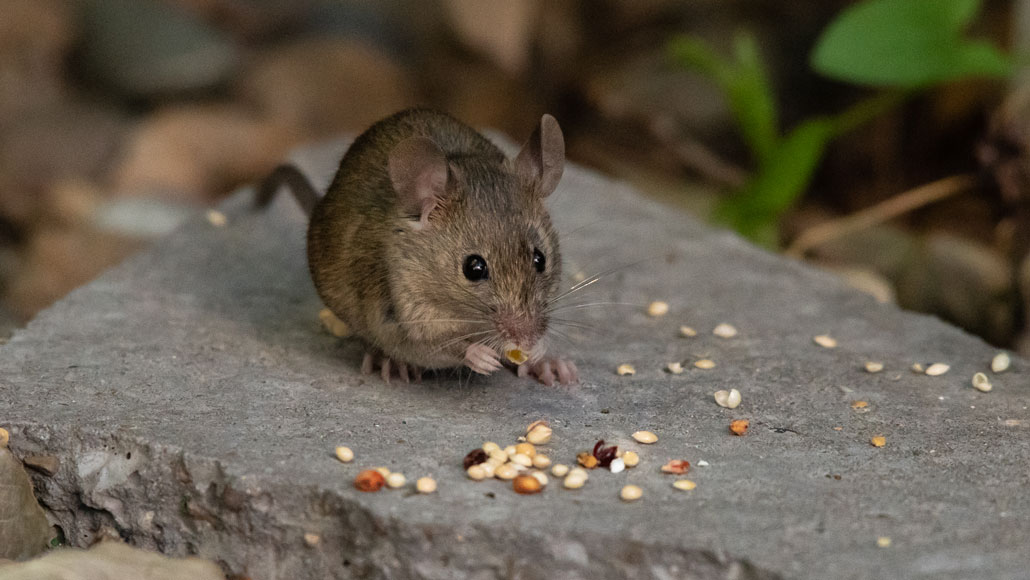Newly discovered cells in mice can sense four of the five tastes
By pulling taste cells out of the bud, scientists found a set that can taste broadly

Mice and humans have similar systems for sensing taste. Learning how a medley of cells in the rodents’ taste buds conveys flavor information to the brain may someday allow humans to engineer taste signals.
kahj19/iStock / Getty Images Plus